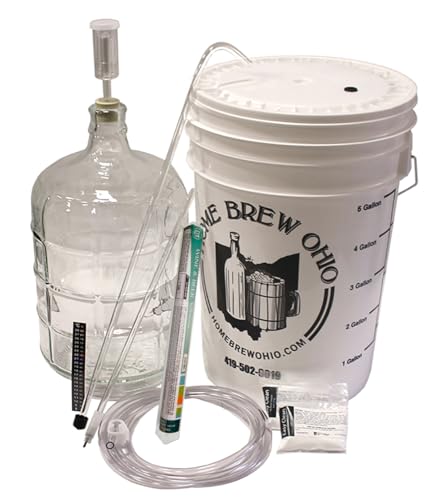The guava that I have run was: pH 4.23 (I try to put my fruit wines between pH 3.2 and 3.5) with a TA of 1.03% (grape folks aim for 0.5 to 0.7% but back sweetening to 1.015 I will run TA on rhubarb as high as 1.2%). This is a thick paste and I don’t have a sugar number.
Why sugar, if you wanted to have a cider you could run low sugar. If you wanted to have an 18% port you can run high sugar. The convention of 11% alcohol has good stability which let’s one be more sloppy than beer and cider folks, ,,, and a port again allows even more sloppy processing. Really the choice is up to you. Running apple this fall I made my first 6% ABV, normal with my fruit wines is to aim for 10 to 12% ABV. Grape just naturally produces 11 to 12% and it drives much of the market/ product definition. ,,, I create my must to reach a target alcohol and use a hydrometer to decide when I am at 1.080 to 1.090.
Seeds? Do you like the flavor of guava seeds? It is worth removing them if you don’t like the flavor. ,,, BUT if they have no flavor then why bother. Grape seeds have a bitter flavor so we work to minimize contact. Grape skin has an astringent/ tannic flavor which is considered desirable. I like some apples since they have “smooth” tannins/ astringent flavor. I encourage you to use a tannin since it is an anti oxidant and helps shelf life.
My one look at guava had a high pH. Low pH gives better microbiological and chemical stability. ,,, pH is a preservative ,,, Do you have a pH meter so you can adjust and then know what the pH is? ,,, Basically I have only one recipe for country wine; adjust the sugar to meet target alcohol ,, adjust the pH to meet target for stability ,, add tannin and maybe pectase. ,, add metabisulphite then wait a day. ,, add yeast nutrient and a yeast.
 . Couple of questions though: Why so much sugar? (Looks like about 1 cup per pound). I know that regular-grape wine makers rarely add sugar (and it's quite frowned upon). Not sure if anybody has any experience with guavas, but would you remove the seeds - read somewhere that they can add bitterness to wine. Anyway, really any advice is welcome.
. Couple of questions though: Why so much sugar? (Looks like about 1 cup per pound). I know that regular-grape wine makers rarely add sugar (and it's quite frowned upon). Not sure if anybody has any experience with guavas, but would you remove the seeds - read somewhere that they can add bitterness to wine. Anyway, really any advice is welcome.




















































